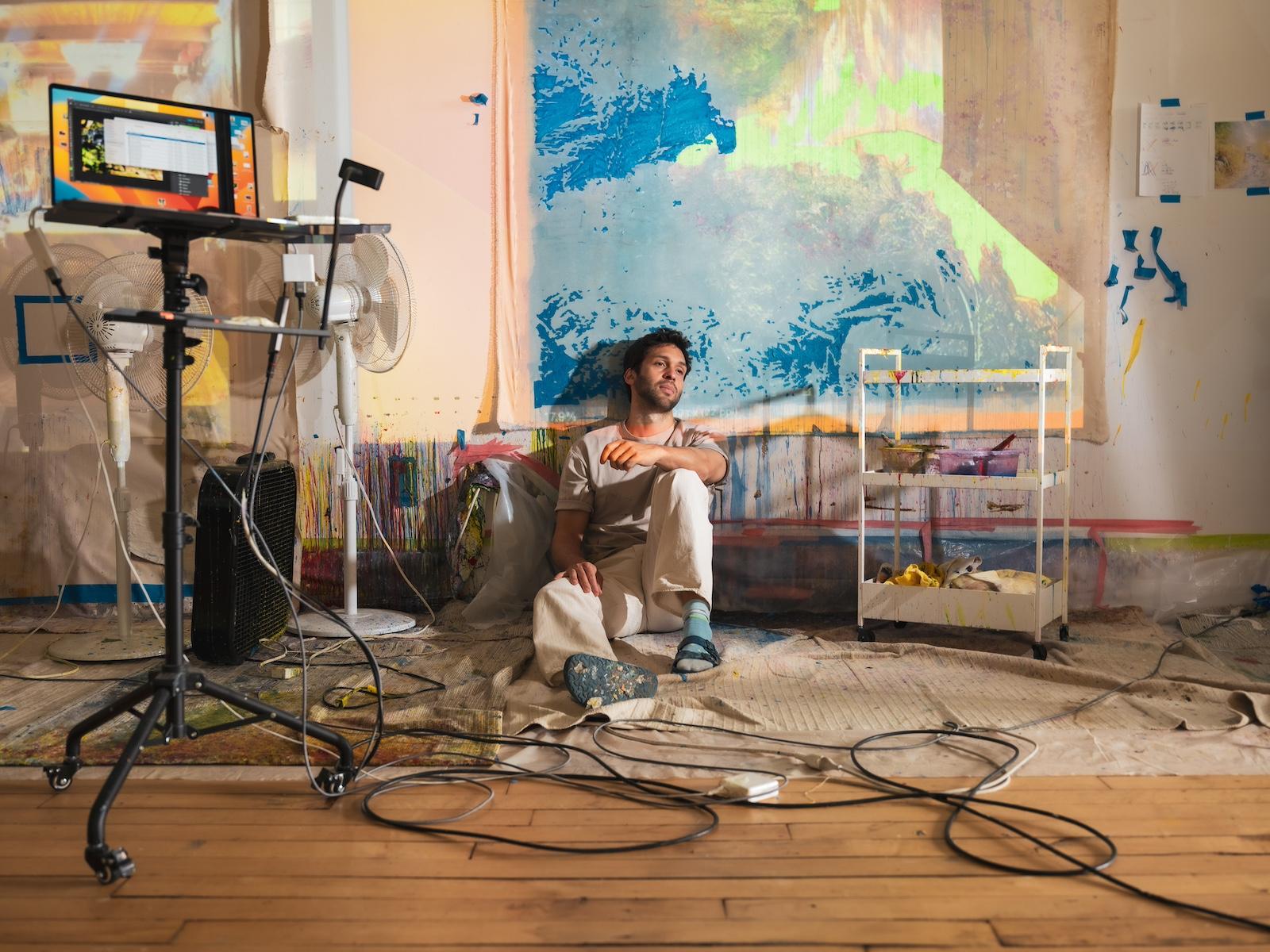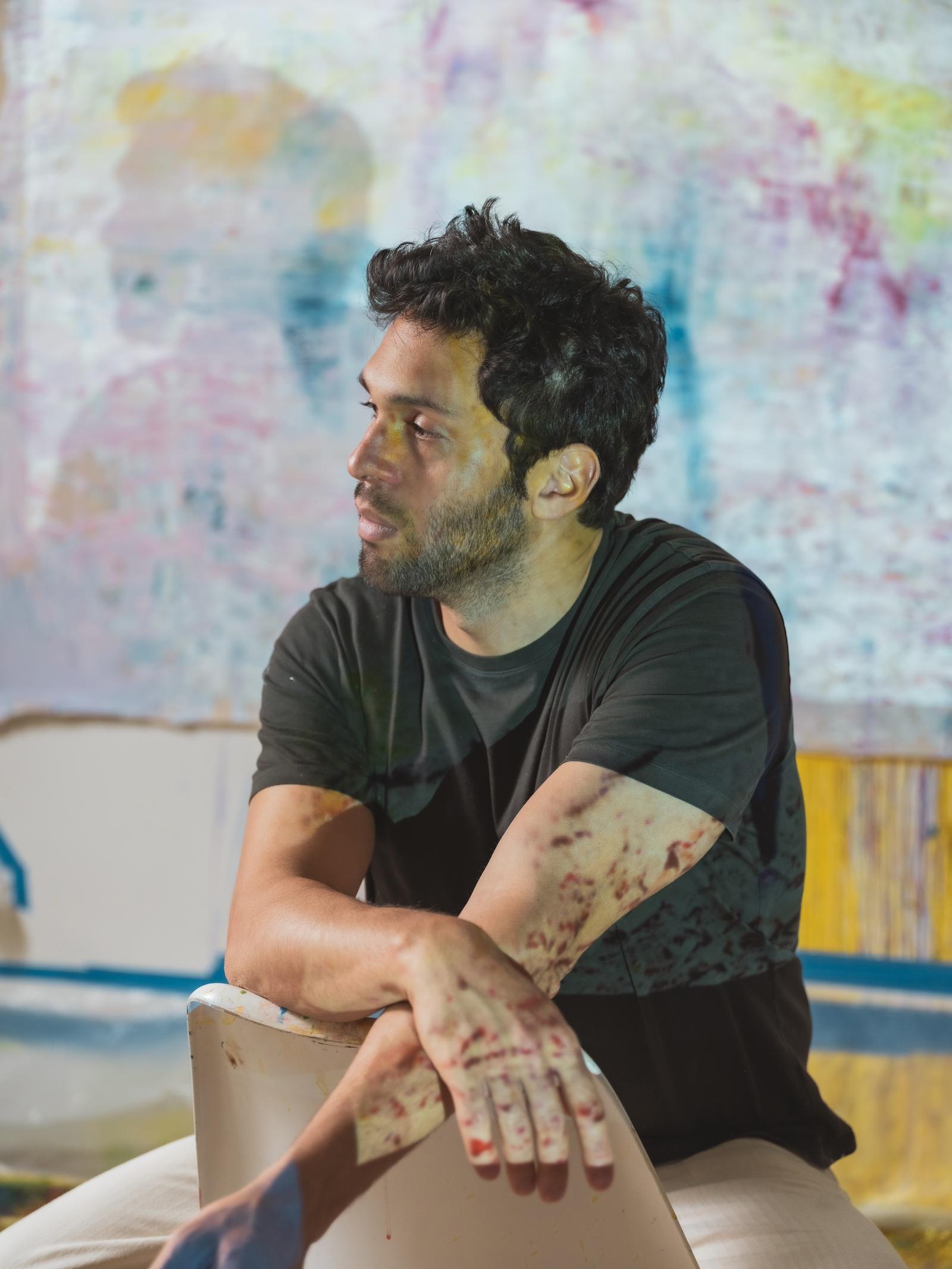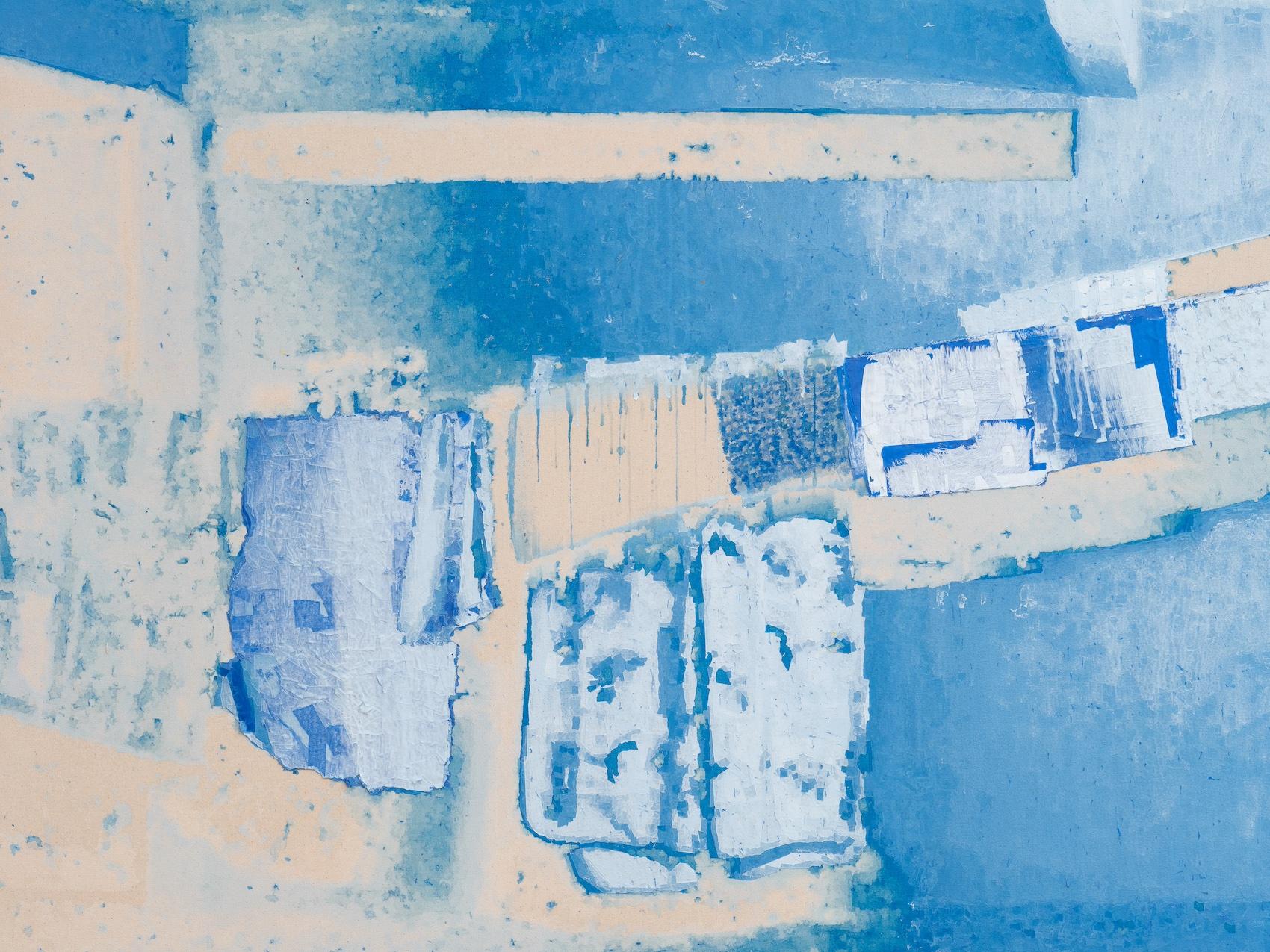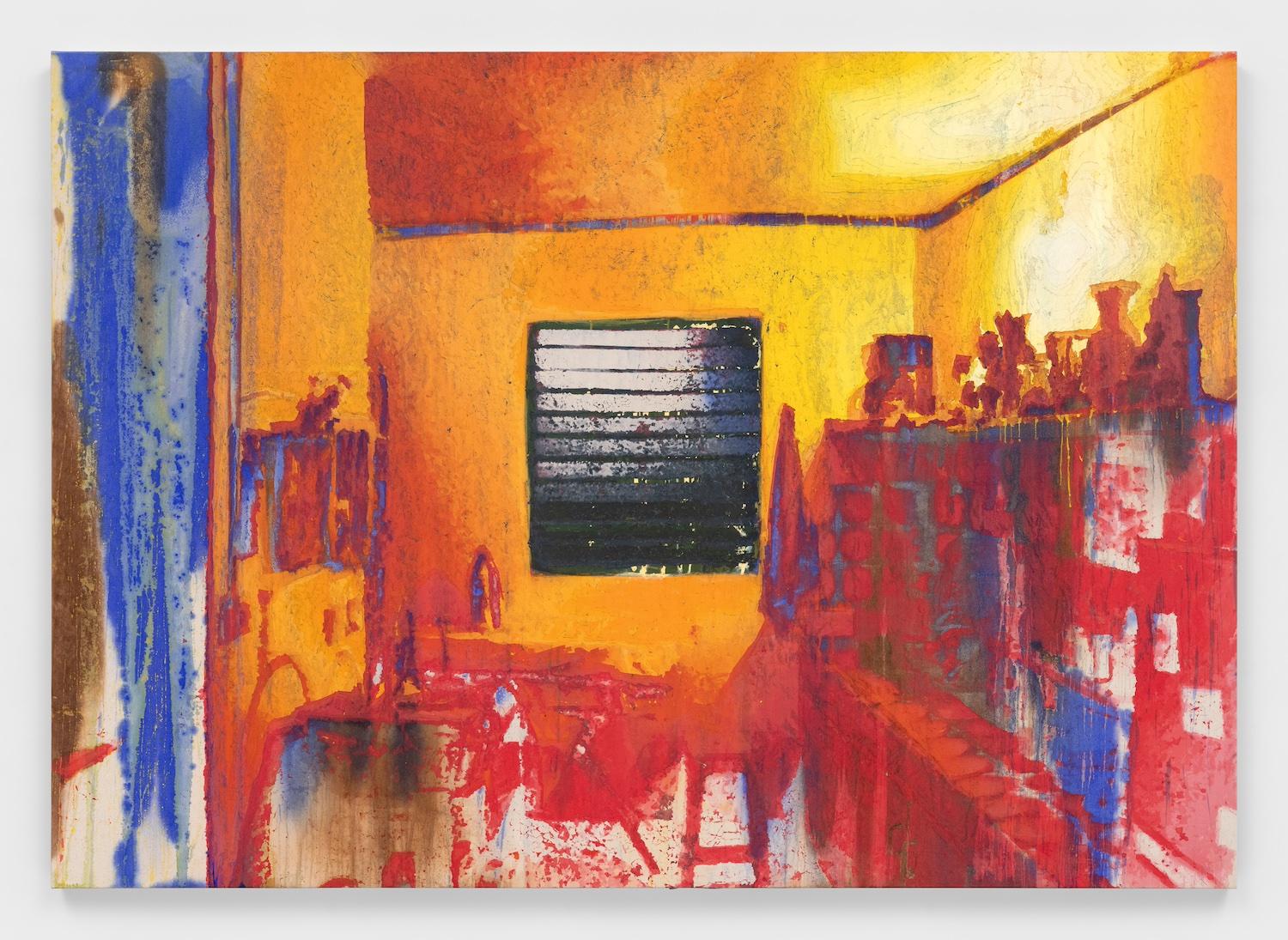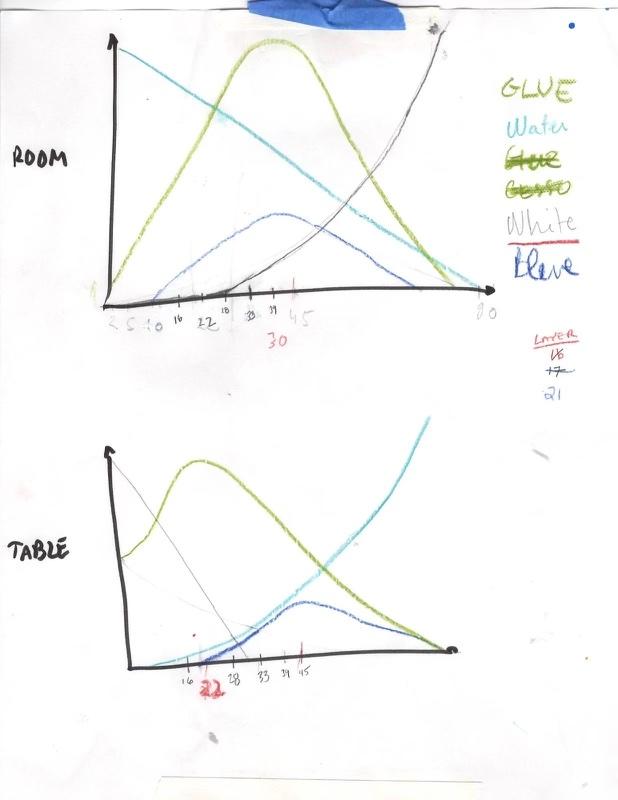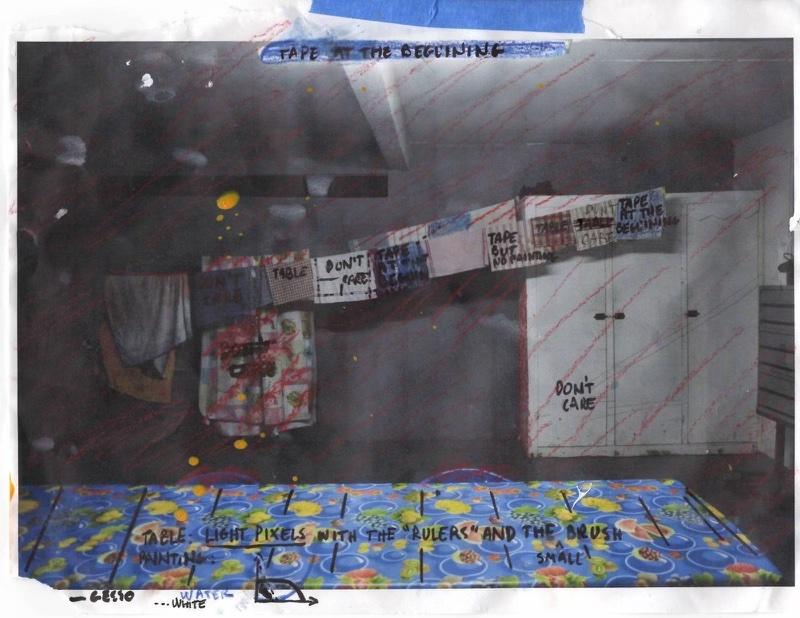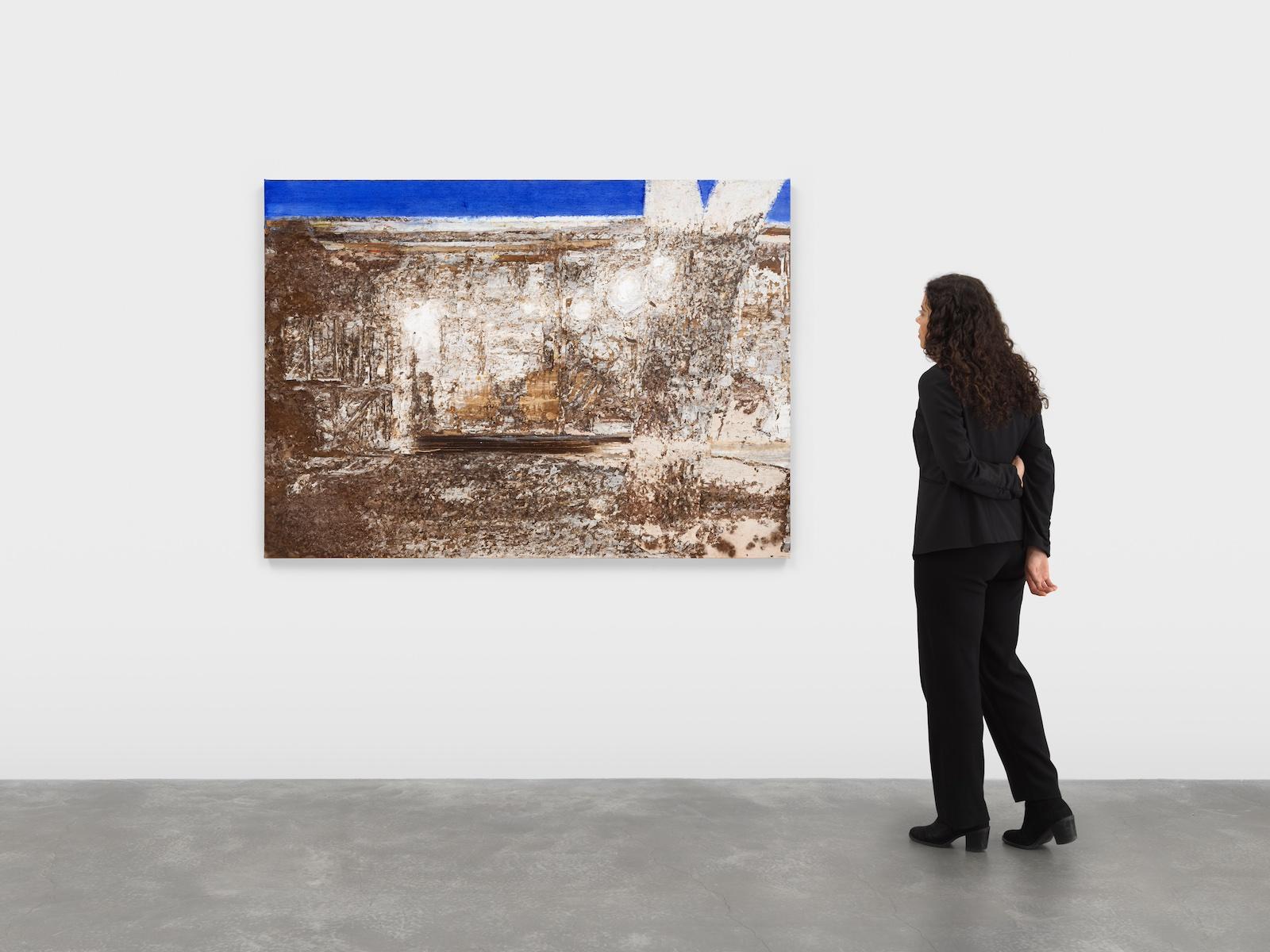Between dogs and wolves— Lenoir's sixth solo exhibition with Almine Rech at the Tribeca New York gallery— offers viewers a chance to observe these stunning works.
The Parisian painter, who graduated with honors from the Ecole des Beaux-Arts, had a number of well-received solo exhibitions during the early days of the pandemic— when quarantine policies shut things down. While people appreciated his art through online photographs and PDFs, they missed the in-person immersion.
Lenoir is excited for more people to physically experience and enjoy the reality of his art. “You need to see a painting to experience it, to understand that there is something behind the image which you can dialogue with,” he explains. He adds that after four years of collaboration with the gallery, they’ve put together a book— published by Skira– compiling his work over the last 12–13 years, which will be available at the exhibition.




